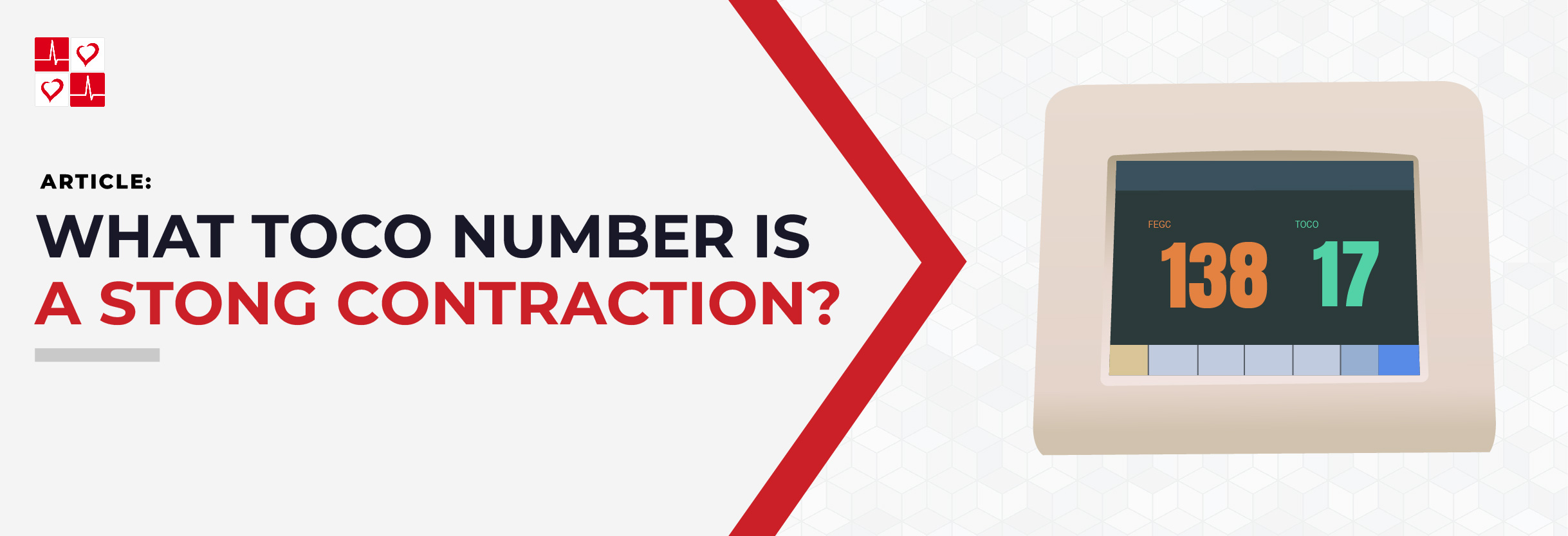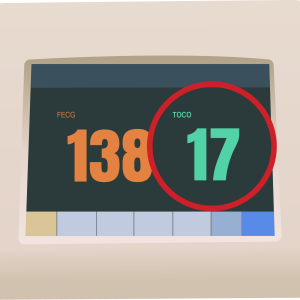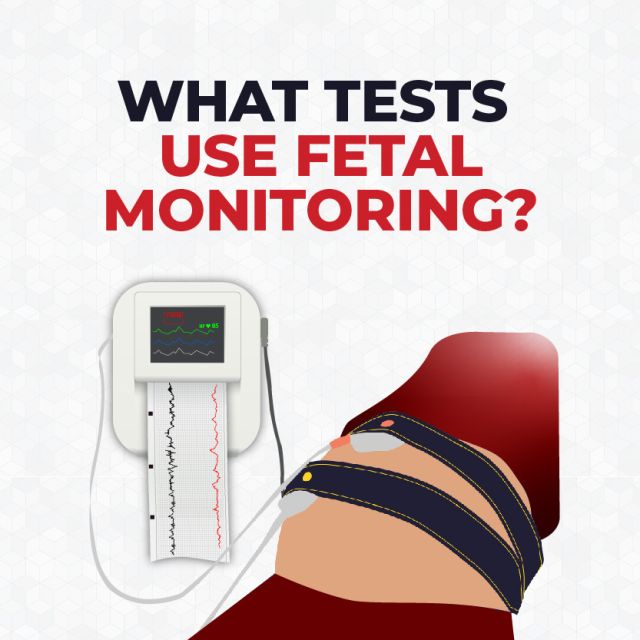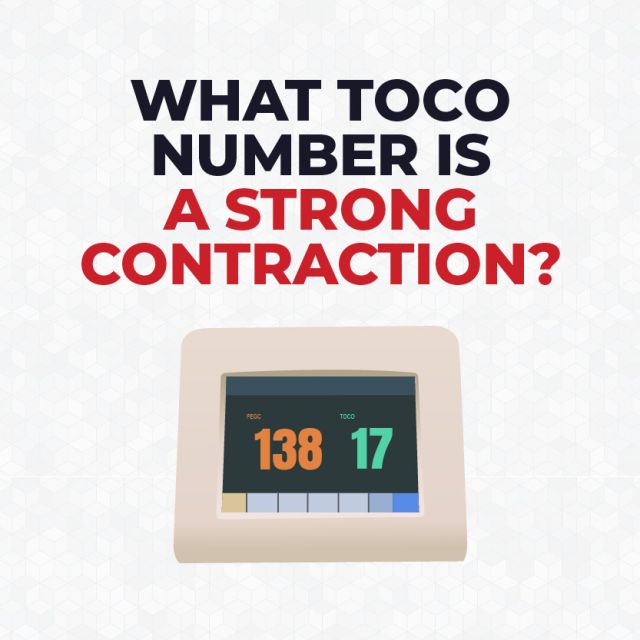What TOCO Number is a Strong Contraction?

Introduction
The TOCO number stands out as a key indicator of uterine contractions’ intensity and frequency. Understanding the significance of fetal monitoring and the TOCO number provides a foundation for effective obstetric care.
In this article, we’ll explain what a TOCO number indicates, and break down the TOCO number ranges for each contraction stage.
What is TOCO on a Fetal Monitor?
A TOCO (tocodynamometer) is used in fetal monitoring to measure uterine contractions during labor. The toco number on a fetal monitor quantitatively represents the intensity and frequency of uterine contractions, which helps healthcare providers assess the progress of labor and monitor the well-being of the fetus.
The TOCO number typically ranges from 0 to 100, with higher numbers indicating stronger contractions.

What TOCO Number is a Strong Contraction?
Braxton Hicks Contractions
Braxton Hicks contractions are sporadic uterine contractions that occur throughout pregnancy, typically starting in the second trimester. These contractions are typically mild and less intense compared to active labor contractions and do not increase in intensity or frequency over time. During Braxton Hicks contractions, the TOCO number may increase slightly.
Typically, the TOCO number ranges between 5-25 mmHg.
Active Labor Contractions
Active labor contractions can vary depending on factors such as pain tolerance, intensity of the contractions, and stage of labor. During active labor, the TOCO number tends to be higher than Braxton Hicks contractions, reflecting the stronger and more frequent contractions.
At this stage, the TOCO number may range from around 40 to 70 mmHg.
Second Stage of Labor Contractions
During the second stage of labor (pushing stage), the TOCO number can vary depending on the intensity of contractions and the progress of labor. The contractions are typically strongest and most frequent, as the body works to push the baby through the birth canal.
Intensity of contractions can increase to anywhere between 60-100 mmHg.







